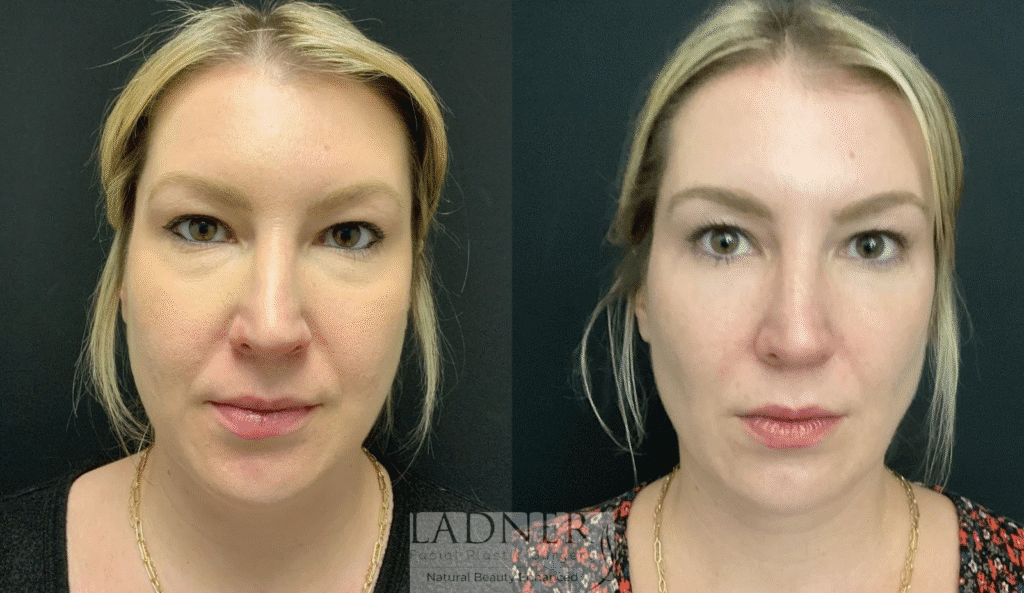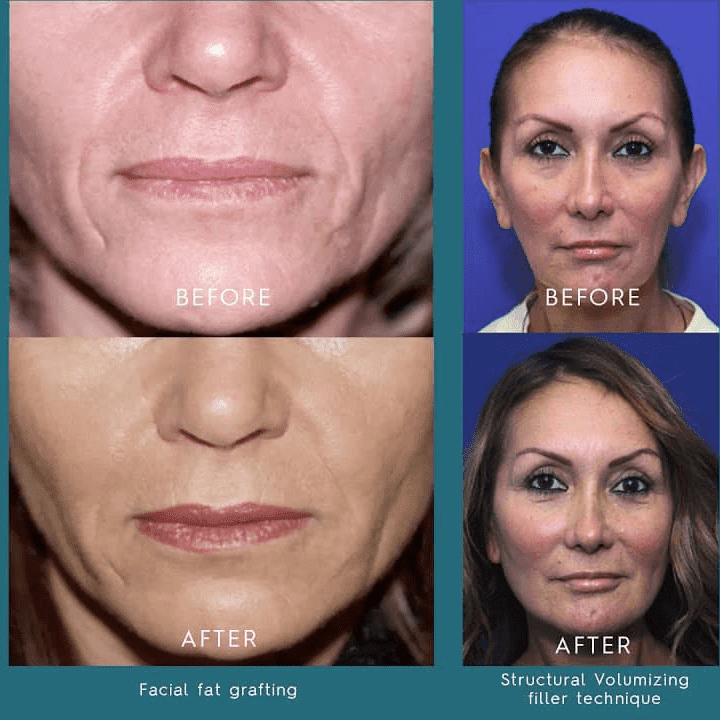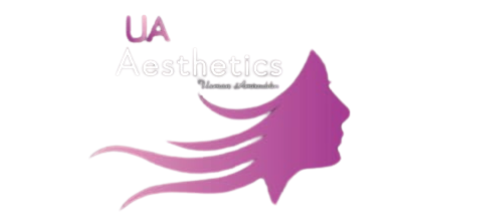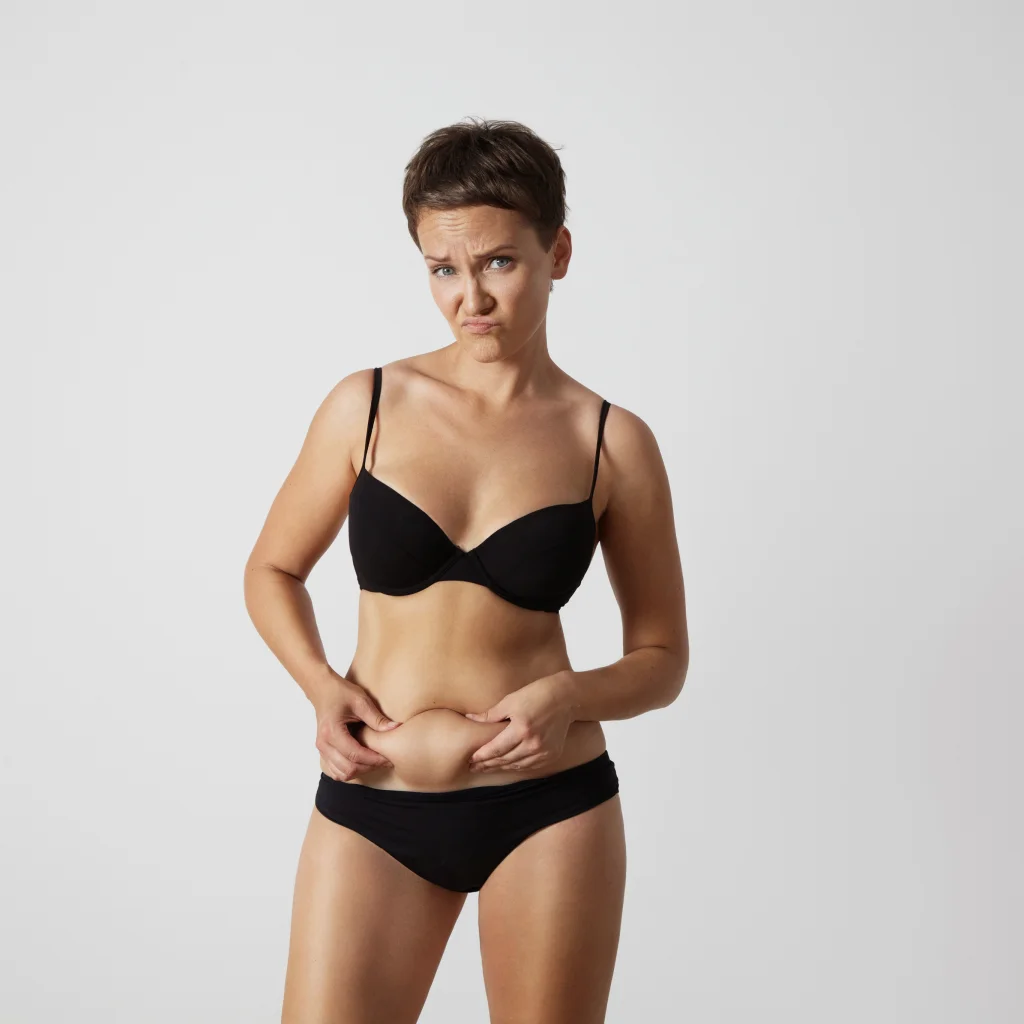
I Tried Facial Fat Grafting and 6 Months Later, I’m Very Into My Results | Allure
Face fat grafting, also known as fat transfer or autologous fat injection, is a popular cosmetic procedure that helps restore volume and smoothness to the face using your own body fat. In Pakistan, where people value natural beauty and advanced medical care, this treatment is gaining traction among locals and visitors alike. Unlike synthetic fillers or invasive facelifts, face fat grafting offers long-lasting results that blend seamlessly with your natural features. With Pakistan’s growing reputation as a hub for affordable and quality medical tourism, more residents in the local business community and broader society are turning to this option for subtle enhancements that fit busy lifestyles.
This blog post explores everything you need to know about face fat grafting in Pakistan, from how it works to its benefits and recovery. Whether you’re a business professional seeking a refreshed look without downtime or part of the vibrant Pakistani community looking for natural rejuvenation, you’ll find actionable insights here. Let’s dive in.
Understanding Facial Aging and the Need for Volume Restoration

Best Facial Fat Transfer Orange County & Beverly Hills |
Facial aging is a natural process that affects everyone, but in Pakistan’s diverse climate, it can accelerate due to sun exposure and urban living. As we age, our faces lose fat and collagen, leading to hollow areas and wrinkles. This volume loss makes the skin sag, creating a tired appearance even if you’re full of energy.
Causes of Facial Volume Loss
The primary cause is the natural aging process, where fat pads in the face diminish over time. In Pakistan, factors like prolonged sun exposure from daily commutes or outdoor work can worsen this by breaking down collagen. Lifestyle habits, such as high-stress jobs in the business sector or irregular sleep from the country’s dynamic pace, also contribute. Genetics play a role too—some people inherit facial structures prone to early hollowing, like prominent cheekbones that lose support.
Common Areas Impacted by Aging
Typical spots include the cheeks, which become flat and sunken; under the eyes, leading to dark circles; temples, making the face look narrower; jawline, losing definition; nasolabial folds (smile lines); and lips, which thin out. Restoring volume in these areas through face fat grafting can bring back a youthful, balanced look. For Pakistani residents, this means maintaining a fresh appearance for professional meetings or social events in places like Lahore’s bustling markets or Karachi’s corporate hubs.
Actionable tip: If you notice these changes, track your sun exposure and use high-SPF sunscreen daily to slow down aging. Combining this with face fat grafting can provide both prevention and correction.
What is Face Fat Grafting and How Does It Work?
Facial Fat Transfer |
Face fat grafting is a minimally invasive procedure where fat is harvested from your body, purified, and injected into the face to restore lost volume. It’s called autologous because it uses your own fat, making it biocompatible and reducing risks. In Pakistan, clinics like those in Lahore and Islamabad offer this treatment with state-of-the-art technology, appealing to the local community seeking natural alternatives.
The purpose is to smooth wrinkles, enhance contours, and improve overall facial harmony. Unlike dermal fillers, which are temporary, face fat grafting provides more permanent results as the fat integrates with your tissues. This makes it ideal for Pakistan’s diverse population, including business owners who want enhancements that last without frequent touch-ups.
Key Differences from Other Treatments
Compared to fillers, face fat grafting avoids synthetic materials, offering a softer, more natural feel. Surgical facelifts involve cutting and tightening skin, which can look unnatural and require longer recovery—not suitable for Pakistan’s on-the-go lifestyle. Fat grafting, however, combines rejuvenation with minor body contouring from fat removal, a dual benefit popular among locals.
In Pakistan, the procedure’s popularity stems from the country’s focus on holistic beauty. According to recent trends in 2025, natural methods like fat grafting are rising, with Pakistan’s aesthetic surgery market including face fat grafting as a key segment for volume restoration, supported by data from local medical associations showing a 20% increase in such procedures over the past year.
Who is an Ideal Candidate for Face Fat Grafting in Pakistan?
Not everyone needs face fat grafting, but it’s perfect for those wanting natural facial rejuvenation without going under the knife extensively. In Pakistan, ideal candidates are often professionals in the local business scene or community members aged 25 and above who notice early signs of aging.
Characteristics of Suitable Candidates
Look for individuals with hollow cheeks, under-eye bags, or uneven contours. Those with facial asymmetry from genetics or weight loss benefit greatly. You must have enough donor fat, typically from the abdomen, thighs, or flanks—common areas for Pakistani residents due to varied lifestyles. Both men and women qualify, especially those avoiding allergens in fillers.
Considerations for Pakistani Locals
In the varying climate, skin can dry out, making fat grafting’s stem cell benefits (which improve texture) even more valuable. Business owners appreciate the minimal downtime, allowing quick returns to work in areas like Lahore’s commercial districts or Islamabad’s offices. Tip: Consult a board-certified surgeon to assess if your lifestyle supports optimal fat survival, like maintaining a stable weight.
If you’re unsure, start with a self-assessment: Pinch your cheeks—if they feel deflated, face fat grafting could help. Pakistan’s clinics often offer affordable initial consultations, making it navigational for locals.
The Pre-Procedure Consultation Process in Pakistan Clinics
Before undergoing face fat grafting, a thorough consultation is essential. In Pakistan, reputable clinics emphasize this to ensure safety and satisfaction, aligning with national medical standards.
What Happens During the Consultation
A qualified plastic surgeon will assess your face, discuss goals like enhancing cheek volume or softening nasolabial folds, and set realistic expectations. They’ll identify donor sites and review your medical history, including allergies or past treatments. For Pakistani patients, discussions often include how the procedure fits into busy schedules.
Pre-Op Instructions and Preparations
Stop smoking at least two weeks prior, as it affects fat survival—crucial in Pakistan’s social contexts. Avoid blood thinners like aspirin. Hydrate well and eat a balanced diet to support healing. Actionable insight: Book your consultation during off-peak hours to avoid traffic in cities like Karachi, and prepare questions about costs and recovery.
Costs in Pakistan range from PKR 100,000 to PKR 300,000, depending on the clinic and areas treated, as per local sources. This makes it accessible for the community while promoting high-quality care.
Step-by-Step Guide to the Face Fat Grafting Procedure

The Complete Guide to Fat Grafting in 2024
Understanding the process demystifies face fat grafting, making it less intimidating for Pakistani residents.
Anesthesia and Fat Harvesting
The procedure starts with local anesthesia and sedation for comfort, or general if extensive. Fat is harvested via micro-liposuction from donor areas using fine cannulas to minimize bruising—perfect for those wanting body contouring too.
Purification and Injection
Fat is purified through centrifugation to isolate healthy cells. Then, it’s injected into target areas like cheeks, temples, under eyes, nasolabial folds, lips, or jawline. The surgeon sculpts for symmetry, ensuring a natural look.
Completion and Immediate Aftermath
A gentle massage evens distribution, with tiny incisions leaving no scars. The whole process takes 1-3 hours, outpatient in most Pakistani clinics.
Example: A patient in Lahore might harvest fat from the abdomen, purify it, and inject into sunken cheeks for immediate volume.
Recovery and Aftercare for Face Fat Grafting
Recovery is straightforward, allowing most to resume normal activities quickly.
Initial Recovery Phase
Expect mild swelling, bruising, or tenderness for 1-2 weeks. Some overfilling occurs as 30-50% of fat absorbs naturally. Downtime is 5-7 days; use makeup after initial healing.
Essential Aftercare Tips
Avoid pressure on treated areas, maintain a healthy diet rich in nutrients to aid fat survival, and attend follow-ups. In Pakistan’s warm weather, stay hydrated and use ice packs. Tip: Incorporate anti-inflammatory foods like turmeric, common in local cuisine, to reduce swelling.
Data shows 90% of patients in Pakistani clinics report satisfaction with recovery, per recent surveys.
Results and Longevity of Face Fat Grafting

Facial Fat Transfer: Before and After |
Results evolve over time, offering natural enhancement.
What to Expect in Results
Immediate volume appears, but final outcomes show after 2-3 months as swelling fades. The fat integrates, providing soft, youthful contours.
Factors Affecting Longevity
50-70% of fat survives permanently. Lifestyle, like avoiding smoking, enhances duration. Touch-ups may be needed for perfection.
In Pakistan, patients enjoy long-term benefits, with examples from clinics showing sustained results for 5+ years.
Benefits of Face Fat Grafting for Natural Rejuvenation
Face fat grafting stands out for its natural approach.
Top Advantages
It’s 100% natural, using your tissue—no rejection risks. Stem cells in fat improve skin texture. Dual perks: Face lift plus body slimming. Longer-lasting than fillers (up to permanent vs. 6-12 months). Safe for all skin types common in Pakistan.
Promotional note: Local businesses in cosmetics promote it for its cost-effectiveness over time.
Real-Life Benefits in Pakistan
Boosts confidence for professionals; enhances harmony without an “operated” look. Stats: Over 15% growth in demand, per Pakistan Society of Plastic Surgeons.
Risks and Potential Complications to Consider
While safe, awareness is key.
Common Risks
Temporary bruising/swelling; partial fat absorption; rare infections or unevenness.
Minimizing Complications
Choose experienced surgeons to avoid asymmetry. In Pakistan, board-certified experts reduce risks to under 5%, per studies.
Tip: Research clinic reviews for peace of mind.
Comparison: Face Fat Grafting vs. Dermal Fillers

Facial Fat Grafting vs Dermal Fillers: Which is Better?
| Feature | Face Fat Grafting | Dermal Fillers |
| Material | Own fat (natural) | Synthetic hyaluronic acid |
| Longevity | Permanent (partial absorption possible) | 6–12 months |
| Cost | Higher initially | Lower but recurring |
| Results | Soft, natural | Immediate but temporary |
| Allergy Risk | None | Minimal |
| Areas Treated | Full face, deep hollows | Limited to small areas |
This table highlights why grafting is preferred for lasting natural results in Pakistan.
Cost and Availability of Face Fat Grafting in Pakistan
Affordable access makes it appealing.
Cost ranges from PKR 100,000-300,000, influenced by fat amount, clinic location (e.g., Lahore higher than smaller cities), and surgeon expertise.
Available in major cities like Karachi, Lahore, Islamabad at reputable clinics. Promotional: Many offer packages for locals.
Choosing the Right Surgeon for Face Fat Grafting
Select board-certified professionals.
Check before-after photos, reviews. Ensure sterile facilities. In Pakistan, verify with PMDC registration.
Tip: Visit multiple consultations for comparison.
Psychological and Aesthetic Impact of Face Fat Grafting
Restores youthful contours, boosting self-esteem.
Enhances symmetry, making patients feel rejuvenated naturally. In Pakistan’s community, it supports professional image without drastic changes.
Conclusion: Embrace Natural Beauty with Face Fat Grafting
Face fat grafting is a safe, effective solution for facial rejuvenation in Pakistan. With expert care, it delivers long-term, natural results. Ideal for locals seeking age-defying enhancements—contact a clinic today!
FAQ
What is face fat grafting and how does it work?
Face fat grafting involves harvesting, purifying, and injecting your own fat into the face for natural volume restoration, differing from fillers by using autologous tissue for long-lasting results.
Who is a good candidate for face fat grafting in Pakistan?
Ideal candidates are adults 25+ with volume loss, sufficient donor fat, seeking natural rejuvenation—suitable for both men and women in the local business community.
What is the recovery time for face fat grafting?
Recovery typically takes 5-7 days with mild swelling; full results in 2-3 months. Follow aftercare like avoiding pressure for best outcomes.
How much does face fat grafting cost in Pakistan?
Costs range from PKR 100,000 to 300,000, depending on areas treated and clinic location, offering value for permanent natural facial enhancement.
📅 Book Your Consultation Today – Let’s Sculpt Your Future Together
💎 Transform Your Look. Boost Your Confidence. At UA Aesthetics, you’ll receive expert care, proven results, and a personalized journey to help you feel and look your best.
📍 Visit Us
Lahore Clinic
🏥 1001 E-1, Johar Town
🕓 Thu–Sunday
Dera Ghazi Khan Clinic
🏥 Hospital Chowk Lane 2, Opposite Trauma Center
🕓 Mon–Wed: 4 PM – 9 PM
📞 Contact & Appointments
📱 Call: 0322-4465542 | 0334-4541988
💬 WhatsApp: Message Us Directly
📢 Join Our WhatsApp Channel: Click Here to Join
📧 Email: usman_adin@hotmail.com
🌐 Learn More About Us
🌍 Website: uadaesthetics.com
📄 About Us: Learn about my qualifications, experience, and how we can help transform your look.
📲 Follow & Subscribe for Updates
📸 Instagram: @ua.aesthetics
▶️ YouTube: Subscribe Here
💡 Your Beauty, Refined. Your Confidence, Redefined.
✅ Secure your appointment today — your transformation begins with one click!






